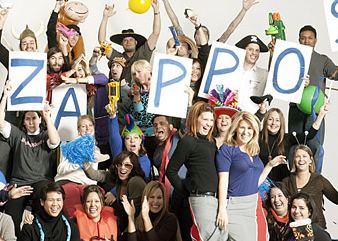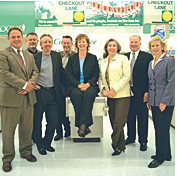For this blog I will be creating a business model canvas for the company Facebook. The business model canvas is an important tool that we learnt in Comm 101 so putting what I learnt into practice is important. I chose to make a business canvas model for Facebook because the operations of Facebook and how they make money and what costs they have is not obvious and so thus I will have to use my critical thinking skills.
Key partners:
– Mini game companies which operate via facebook (e.g zynga)
– Thousands of advertising partners (e.g Netflix)
Key activities:
– seeking advertising
– Creating new software on the site (E.g new picture viewing formats, new sharing idea mediums)
– Writing new code for expansion of the site
– trying to find a way to introduce facebook into China.
Key resources:
– Internet
– Skilled programmers
-bandwidth
Value proposition:
– Provides people of any age or gender to a social networking site
– Allows people to share photos with friends
– Allows people to display current personal status (single or married, heterosexual or homosexual etc)
– Allows people to find long lost friends or acquaintances that would otherwise be unfound.
– Allows people to collect infromation on upcoming events (e.g concerts, birthdays etc)
Costumer relations:
– Through the facebook site people/companies can inquire and pay for advertisement slots
– Through the facebook site people/companies can report inappropriate content on the site to be removed.
– through the facebook site
Channels:
– Facebook site
Costumer segments:
– Individuals that are 13 years old and above are legally permitted to have a facebook account. Facebook has many different aged costumers. The services provided to each costumer segment regardless of age are identical. Advertisements however may target people based on their age to effectively target that firm’s costumer segement. However, Facebook as a consumer does not have a particular costumer segment other than people who are legally allowed to have a facebook account and who have access to the face book cite (internet and computer/smartphone).
You can notice that many of the parts of the business canvas model are left quite empty for example, “channels” and “key partners”. This is because Facebook is a service that operates on the internet and requires little tangible resources. Facebook is not a product that needs materials in order to be produced and therefore the resources that it needs are not many. In order for Facebook to exist you only need to have skilled programmers, computers, servers/bandwidth and advertising partners and costumers, no raw materials or machinery are needed. Other than the thousands of advertising partners that Facebook has it does not have many other key partners as it is quite a endogenous product. 







